Home>Furniture & Design>Bedroom Furniture>What Memory Foam Mattresses Have Fiberglass
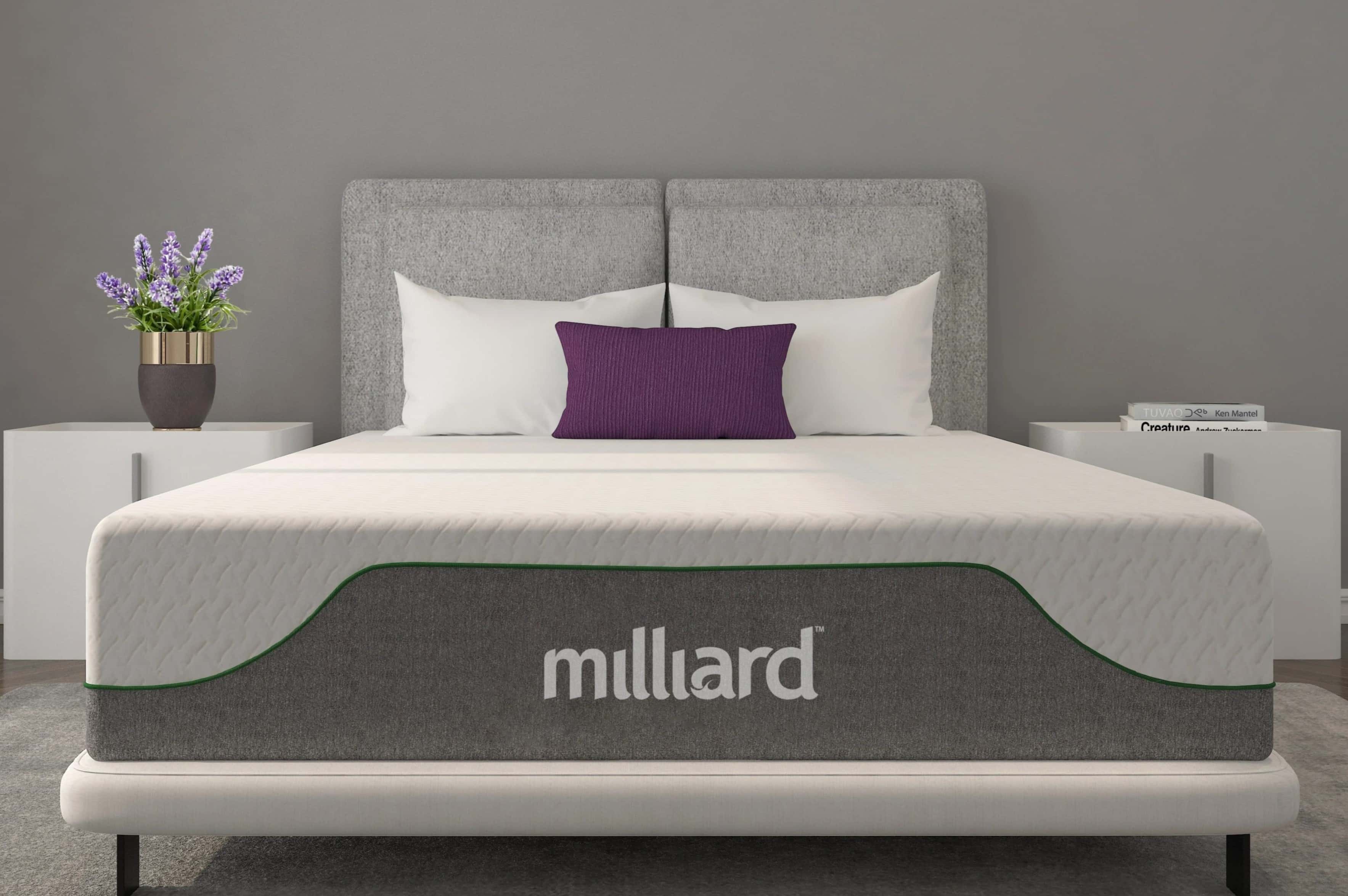

Bedroom Furniture
What Memory Foam Mattresses Have Fiberglass
Modified: August 17, 2024
Discover the truth about memory foam mattresses with fiberglass and make an informed decision for your bedroom furniture. Explore the best options for bedroom furniture and design.
(Many of the links in this article redirect to a specific reviewed product. Your purchase of these products through affiliate links helps to generate commission for Storables.com, at no extra cost. Learn more)
Introduction
In the realm of bedroom furniture and design, memory foam mattresses have gained widespread popularity for their exceptional comfort and support. However, a recent concern has emerged regarding the presence of fiberglass in some memory foam mattresses. This revelation has sparked discussions and raised questions about the potential risks associated with fiberglass in these mattresses.
As consumers, it's crucial to understand the composition of the products we bring into our homes, especially those that directly impact our well-being. In this article, we will delve into the intricacies of memory foam mattresses, exploring their construction, fire-resistant properties, and the presence of fiberglass. Additionally, we will address the potential risks associated with fiberglass in memory foam mattresses and provide guidance on identifying and handling such products.
Let's embark on this insightful journey to gain a comprehensive understanding of memory foam mattresses and the role of fiberglass within them. By the end of this article, you will be equipped with the knowledge needed to make informed decisions when it comes to selecting and maintaining your bedroom essentials.
Key Takeaways:
- Some memory foam mattresses contain fiberglass for fire resistance, but it can pose health and cleaning challenges. Consumers should be aware of potential risks and handle these mattresses with care.
- When choosing a memory foam mattress, look for information about fiberglass in the fire barrier. If present, handle and maintain the mattress with caution to minimize potential exposure risks.
Read more: What Is A Memory Foam Mattress
What is Memory Foam?
Memory foam, also known as viscoelastic foam, is a unique type of polyurethane foam that is renowned for its exceptional pressure-relieving properties and ability to contour to the body’s shape. Originally developed by NASA in the 1960s to improve the safety and comfort of aircraft cushions, memory foam has since found its way into a wide array of consumer products, with mattresses being one of its most popular applications.
One of the defining characteristics of memory foam is its viscoelastic nature, which means it exhibits both viscous and elastic behaviors. When pressure is applied to memory foam, it responds by molding to the body’s contours, distributing weight evenly and alleviating pressure points. This unique responsiveness sets memory foam apart from traditional mattress materials, offering personalized support and comfort tailored to the individual sleeper.
Furthermore, memory foam is revered for its motion isolation properties, effectively minimizing disturbances caused by movement, making it an ideal choice for couples and light sleepers. Its ability to absorb and dampen motion contributes to a more restful and uninterrupted sleep experience.
Additionally, memory foam is celebrated for its durability, as it can withstand prolonged use without losing its supportive qualities. This longevity is a key factor in the popularity of memory foam mattresses, as consumers seek bedding solutions that provide lasting comfort and value.
As memory foam continues to evolve, advancements in technology have led to the development of variations such as gel-infused memory foam, which offers enhanced cooling properties, and plant-based memory foam, which reduces the environmental impact of traditional petroleum-based foams.
With its ability to conform to the body, alleviate pressure points, and provide a restful sleep environment, memory foam has become a staple in the world of sleep technology, offering a luxurious and supportive bedding option for a wide range of consumers.
What Makes Memory Foam Mattresses Fire-Resistant?
Fire safety is a critical consideration in the design and manufacturing of mattresses, and memory foam mattresses are no exception. To meet fire safety standards, memory foam mattresses are engineered to be fire-resistant through the inclusion of flame-retardant materials in their construction. These materials are strategically incorporated to reduce the risk of ignition and slow down the spread of fire in the event of an incident.
One of the primary components that contribute to the fire resistance of memory foam mattresses is the use of fire-retardant chemicals during the foam production process. These chemicals are formulated to inhibit the combustion of the foam, thereby enhancing the mattress’s ability to withstand exposure to flames or high heat. By impeding the ignition and combustion of the foam, these fire-retardant chemicals play a crucial role in bolstering the overall fire safety of memory foam mattresses.
Moreover, in addition to the fire-retardant chemicals, many memory foam mattresses feature fire-resistant barriers or covers. These protective layers are designed to act as a barrier between the foam layers and potential ignition sources, further enhancing the mattress’s ability to resist fire. The incorporation of fire-resistant barriers adds an extra layer of protection, providing consumers with peace of mind regarding the fire safety of their mattresses.
Furthermore, advancements in mattress technology have led to the development of fire-resistant foams that integrate inherently fire-resistant materials into their composition. These innovative foams are engineered to possess intrinsic fire-retardant properties, reducing the reliance on chemical additives while maintaining high levels of fire resistance.
By leveraging a combination of fire-retardant chemicals, fire-resistant barriers, and advanced foam materials, memory foam mattresses are designed to meet stringent fire safety standards, ensuring that they offer a high level of protection in the event of a fire-related emergency. This commitment to fire resistance underscores the dedication of mattress manufacturers to prioritize the safety and well-being of consumers.
The Presence of Fiberglass in Memory Foam Mattresses
While memory foam mattresses are engineered to meet fire safety standards, it is important to address the growing concern surrounding the potential presence of fiberglass in some of these mattresses. Fiberglass, a material known for its insulating and fire-resistant properties, has been utilized in certain memory foam mattresses as a component of the fire barrier system.
Typically, fiberglass in memory foam mattresses is incorporated within the fire-resistant barrier, which is positioned between the foam layers and the outer fabric cover. This barrier serves as a protective shield, helping to prevent the spread of fire and enhance the mattress’s overall fire resistance. Fiberglass, with its heat-resistant and insulating characteristics, has been utilized as an effective component in these fire barriers, contributing to the mattresses’ compliance with fire safety regulations.
It’s important to note that the presence of fiberglass in memory foam mattresses is not universal across all products. While some manufacturers opt to utilize fiberglass as part of the fire barrier system, others employ alternative fire-resistant materials and technologies to achieve compliance with fire safety standards. As a result, the inclusion of fiberglass in memory foam mattresses varies among different brands and models.
Consumers should be aware that the presence of fiberglass in memory foam mattresses, particularly within the fire barrier, is intended to enhance the mattresses’ fire resistance and protect against potential fire hazards. However, the utilization of fiberglass in mattresses has sparked concerns related to its potential health and safety implications, which warrant careful consideration and informed decision-making when selecting bedding products.
As the discussion surrounding the presence of fiberglass in memory foam mattresses continues to unfold, it is essential for consumers to stay informed and seek transparency from manufacturers regarding the materials used in the construction of mattresses. By understanding the role of fiberglass in memory foam mattresses and its implications, consumers can make well-informed choices that align with their preferences and priorities for safety and comfort.
Potential Risks of Fiberglass in Memory Foam Mattresses
While fiberglass has been utilized in some memory foam mattresses as part of the fire barrier system, concerns have arisen regarding the potential risks associated with its presence. It is crucial for consumers to be aware of these potential risks and consider them when evaluating the safety and suitability of memory foam mattresses containing fiberglass.
One of the primary concerns associated with fiberglass in memory foam mattresses is the potential for fiber shedding. Over time, fiberglass fibers may become displaced from the fire barrier, leading to the release of tiny airborne particles within the mattress and its surrounding environment. This phenomenon can occur through regular wear and tear, movement, or handling of the mattress, potentially resulting in the dispersion of fiberglass particles into the air.
Exposure to airborne fiberglass particles can pose respiratory and skin irritation risks, particularly for individuals with sensitivities or pre-existing respiratory conditions. Inhaling or coming into contact with fiberglass particles may lead to discomfort, itching, and irritation of the skin, eyes, and respiratory tract. Additionally, the presence of airborne fiberglass can contribute to indoor air quality concerns, necessitating careful consideration of its potential impact on the overall living environment.
Furthermore, the presence of fiberglass in memory foam mattresses raises concerns about the challenges associated with cleaning and maintaining these mattresses. Fiberglass particles, once dispersed, can be difficult to fully remove from the mattress and its surroundings, posing challenges for effective cleaning and maintenance practices. This difficulty in managing fiberglass particles may lead to ongoing concerns related to indoor air quality and cleanliness.
Moreover, the potential for fiberglass exposure during mattress handling, transportation, or disposal is an important consideration. Improper handling of mattresses containing fiberglass may result in the release of particles, posing risks to individuals involved in these activities. Additionally, the disposal of fiberglass-containing mattresses requires careful attention to prevent environmental contamination and ensure the safe management of these materials.
Given these potential risks, consumers are encouraged to approach the selection and use of memory foam mattresses with fiberglass components thoughtfully. It is essential to weigh the benefits of enhanced fire resistance against the potential risks associated with fiberglass, considering individual health considerations, lifestyle factors, and preferences for mattress maintenance and longevity.
By being mindful of the potential risks of fiberglass in memory foam mattresses, consumers can make informed decisions and take proactive measures to address any concerns related to the presence of this material in their bedding products.
When looking for memory foam mattresses, be sure to check if they contain fiberglass. Some budget-friendly brands may use fiberglass as a fire retardant. Always read the product description and reviews before making a purchase.
Read more: What Is The Coolest Memory Foam Mattress
How to Identify and Handle Memory Foam Mattresses with Fiberglass
Identifying and appropriately handling memory foam mattresses that contain fiberglass components is essential for ensuring safety, minimizing potential exposure risks, and maintaining the integrity of the bedding products. By following specific guidelines and best practices, consumers can navigate the presence of fiberglass in these mattresses with confidence and care.
Identification
When considering a memory foam mattress, particularly when shopping in-store or online, it is important to review product specifications and descriptions provided by the manufacturer. Look for details regarding the mattress’s fire barrier system and any mention of fiberglass as a component. Manufacturers may disclose the use of fiberglass in the fire barrier within the product’s materials or construction information.
Additionally, examining the mattress’s tags, labels, or accompanying documentation can offer insights into the materials used in its construction. While not all mattresses may explicitly state the presence of fiberglass, this information can provide valuable context and guide further inquiries with the retailer or manufacturer.
Handling and Maintenance
For individuals who have identified or confirmed the presence of fiberglass in their memory foam mattresses, implementing appropriate handling and maintenance practices is crucial for minimizing potential exposure risks and preserving the mattress’s condition.
- Use a Mattress Encasement: Consider using a high-quality, tightly woven mattress encasement or protector designed to contain and shield the mattress, including the fire barrier and any fiberglass components, from wear and tear.
- Handle with Care: When moving, rotating, or adjusting the mattress, handle it with care to minimize agitation and potential disturbance of the fire barrier and fiberglass components.
- Regular Cleaning: Follow the manufacturer’s cleaning guidelines and recommendations for the mattress. Regular cleaning and maintenance can help manage dust and debris, including any potential fiberglass particles.
- Consult with Professionals: If maintenance or cleaning services are needed, consider consulting with professional mattress cleaners who are experienced in handling fiberglass-containing mattresses.
Disposal Considerations
When the time comes to dispose of a memory foam mattress containing fiberglass, it is important to take appropriate precautions to ensure safe and responsible disposal.
- Consult Local Regulations: Research and adhere to local regulations and guidelines for mattress disposal, particularly regarding the handling of mattresses containing fiberglass or other potential contaminants.
- Inform Disposal Services: If utilizing a mattress disposal service, inform them of the presence of fiberglass in the mattress to ensure proper handling and disposal procedures are followed.
- Secure Packaging: Securely package the mattress to prevent the release of fiberglass particles during transportation and disposal, minimizing potential environmental impact.
By employing these identification, handling, and disposal considerations, consumers can navigate the presence of fiberglass in memory foam mattresses with attentiveness and care, promoting safety and responsible management of these bedding products.
Read more: What Is A Memory Foam Mattress Good For
Conclusion
As we conclude our exploration of memory foam mattresses and the presence of fiberglass within them, it is evident that consumers are faced with important considerations when selecting bedding products that prioritize both comfort and safety. Memory foam mattresses, renowned for their pressure-relieving properties and personalized support, have been engineered to meet stringent fire safety standards through the inclusion of fire-resistant materials, including fiberglass in certain cases.
While the use of fiberglass contributes to the fire resistance of memory foam mattresses, concerns have emerged regarding potential exposure risks, cleaning challenges, and handling considerations associated with this material. It is essential for consumers to approach the presence of fiberglass in these mattresses with a balanced understanding of its benefits for fire safety and the potential risks it may pose to health and maintenance.
By staying informed about the materials used in memory foam mattresses, particularly the presence of fiberglass, consumers can make thoughtful and informed decisions aligned with their preferences for safety, comfort, and durability. Identifying mattresses that contain fiberglass components and implementing appropriate handling and maintenance practices are pivotal steps in promoting a safe and healthy sleep environment.
Furthermore, open communication and transparency from manufacturers regarding the materials and construction of memory foam mattresses can empower consumers to make well-informed choices and take proactive measures to address any concerns related to fiberglass exposure and management.
As the bedding industry continues to evolve, it is imperative for both consumers and manufacturers to prioritize safety, transparency, and innovation in the design and production of mattresses. By fostering an environment of collaboration and accountability, the industry can work towards offering bedding solutions that not only deliver exceptional comfort and support but also uphold the highest standards of safety and well-being for consumers.
Ultimately, as consumers seek the perfect balance of comfort, safety, and longevity in their bedding choices, a holistic understanding of the composition and implications of memory foam mattresses, including the presence of fiberglass, is instrumental in making informed decisions that align with individual preferences and priorities.
With a commitment to knowledge, transparency, and responsible management, consumers can navigate the complexities of memory foam mattresses and the presence of fiberglass, ensuring that their sleep environment remains a sanctuary of comfort, safety, and peace of mind.
Frequently Asked Questions about What Memory Foam Mattresses Have Fiberglass
Was this page helpful?
At Storables.com, we guarantee accurate and reliable information. Our content, validated by Expert Board Contributors, is crafted following stringent Editorial Policies. We're committed to providing you with well-researched, expert-backed insights for all your informational needs.
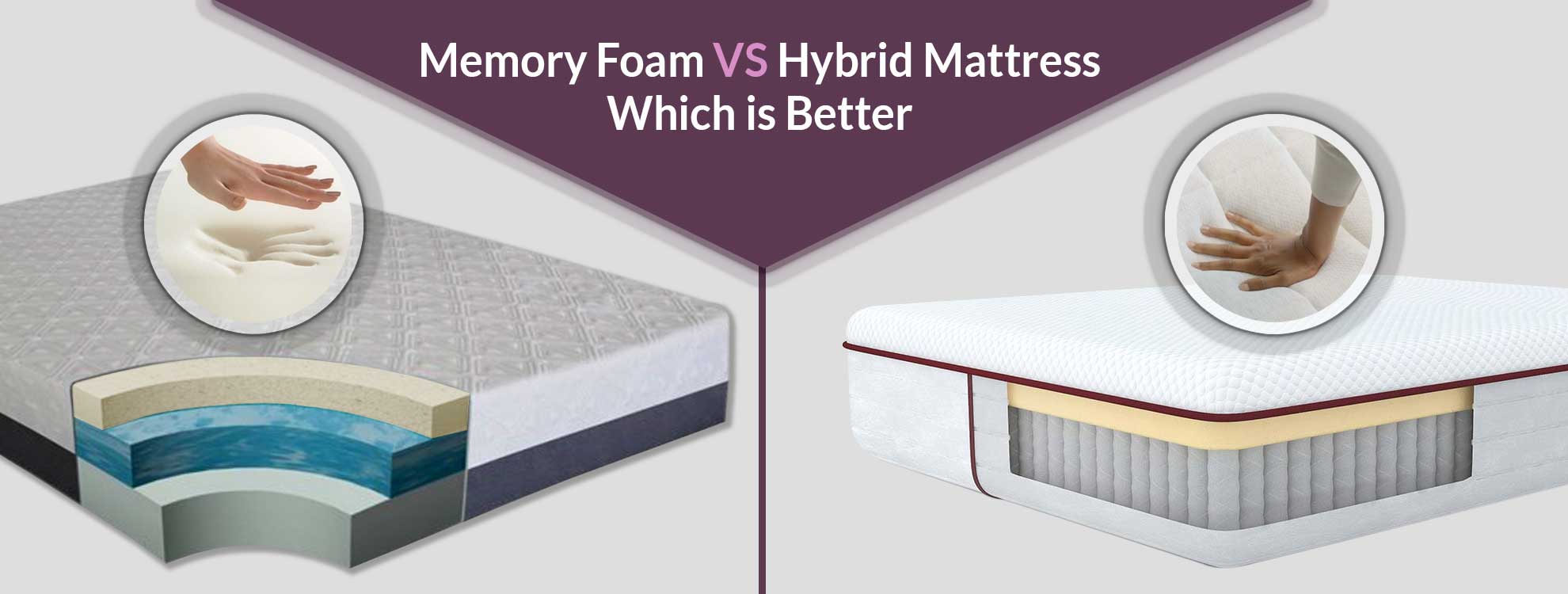
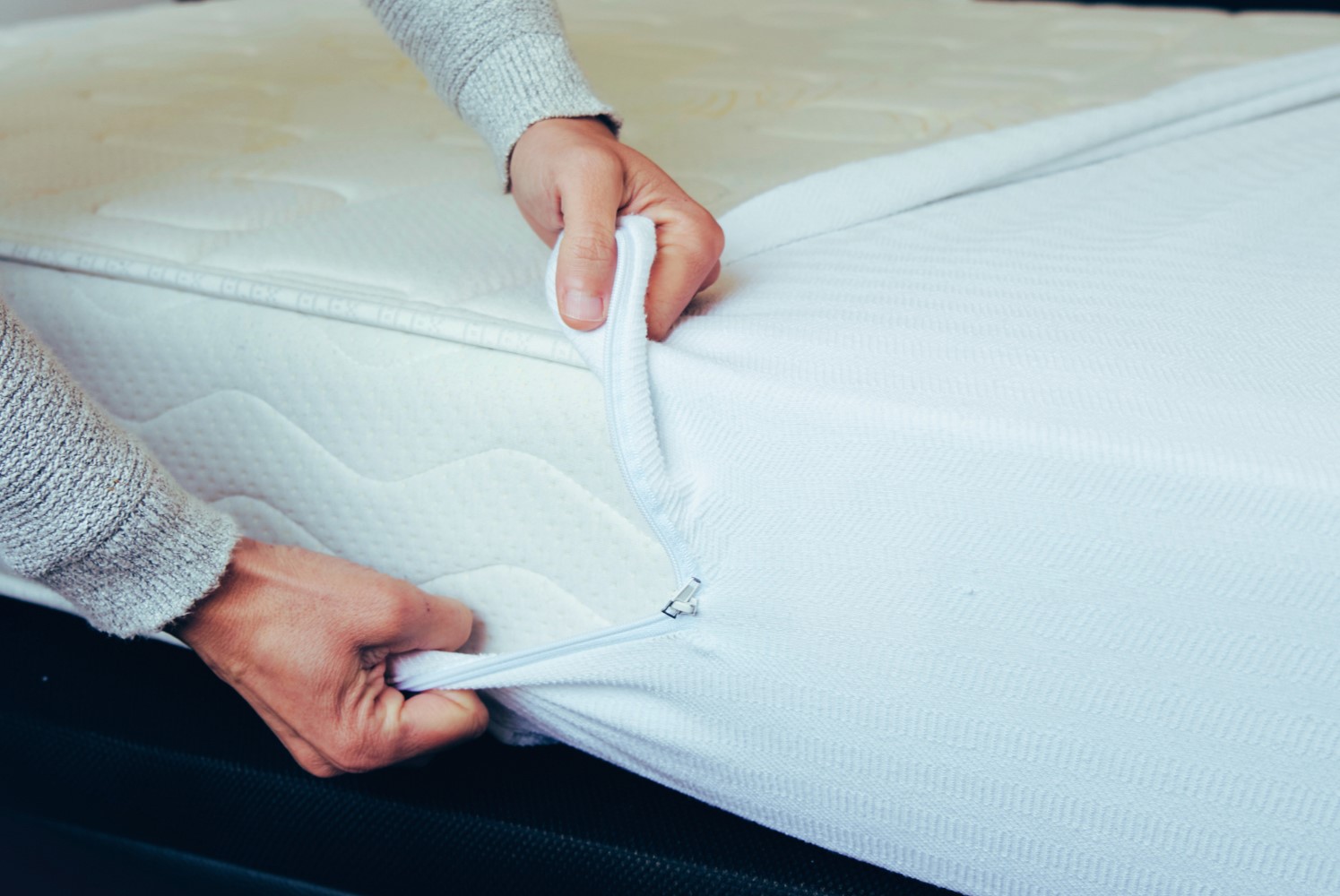
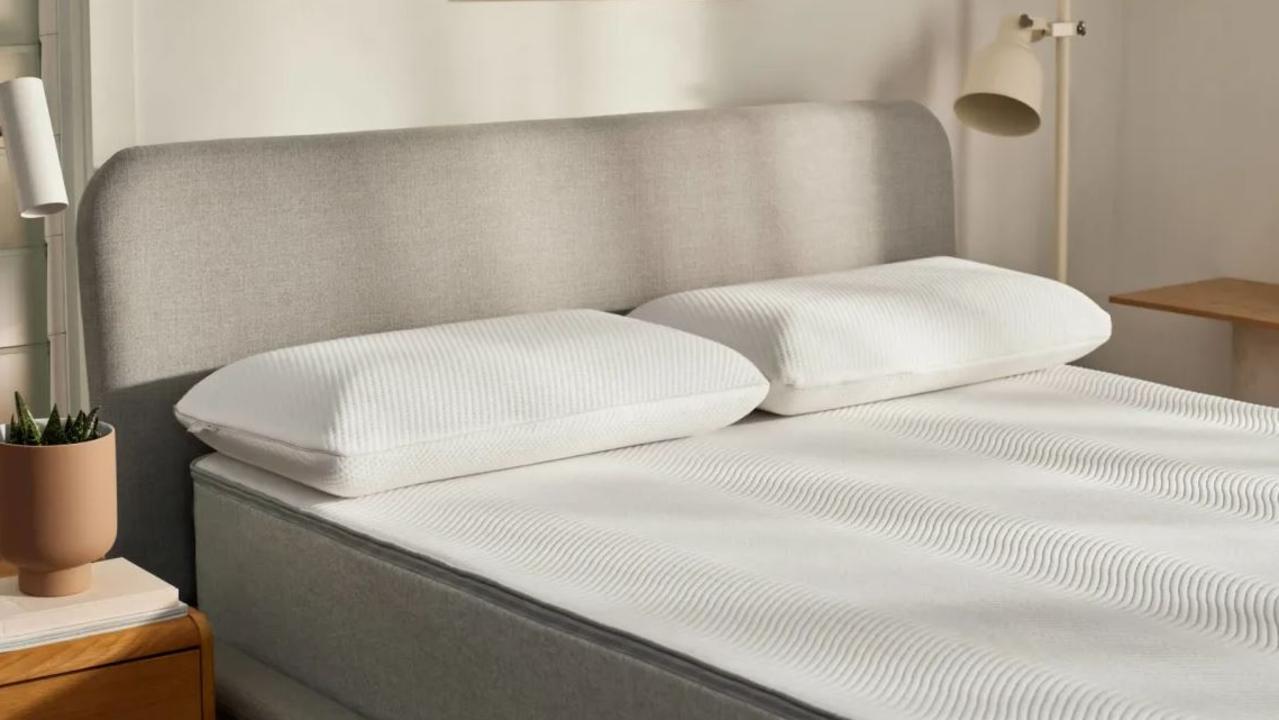
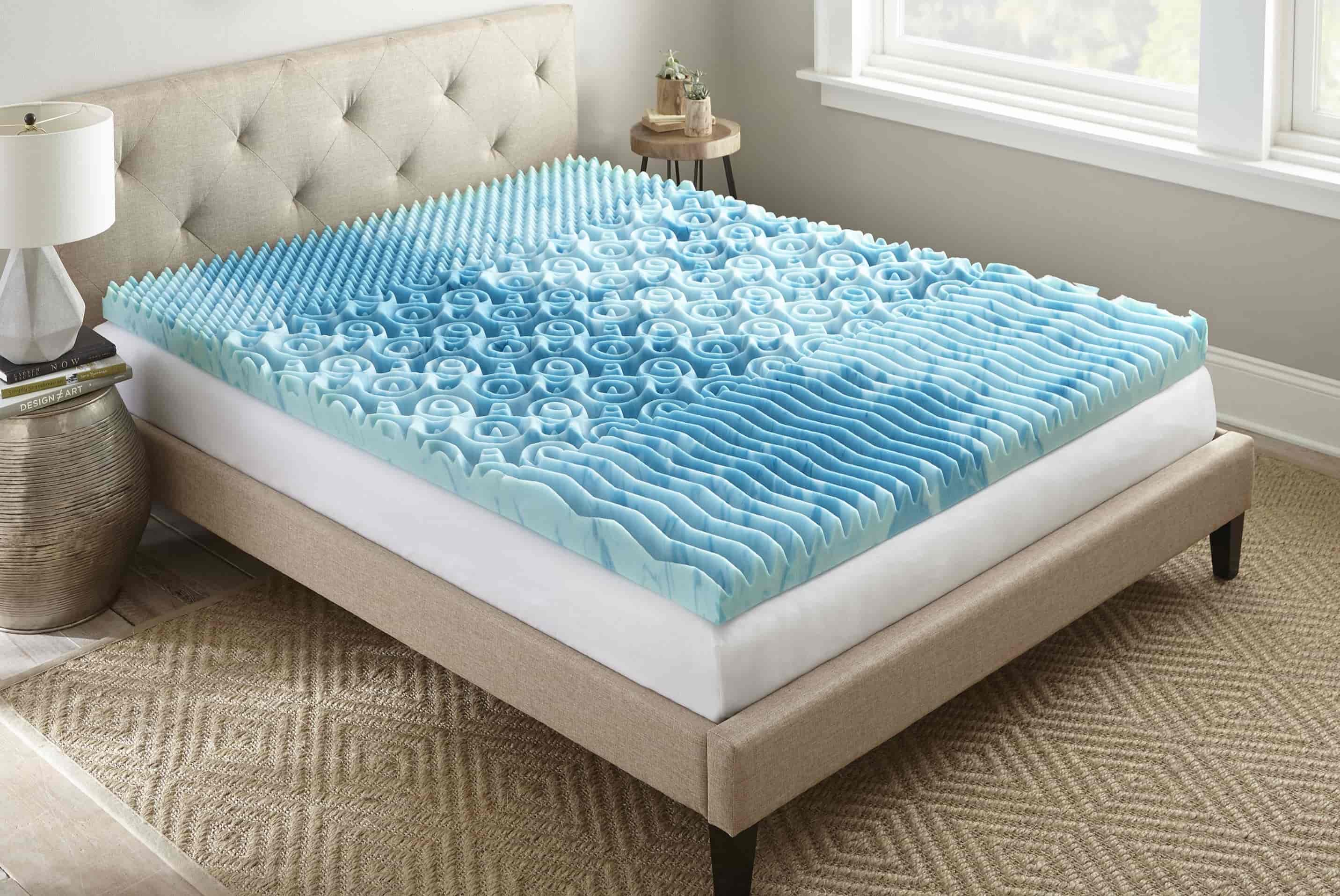
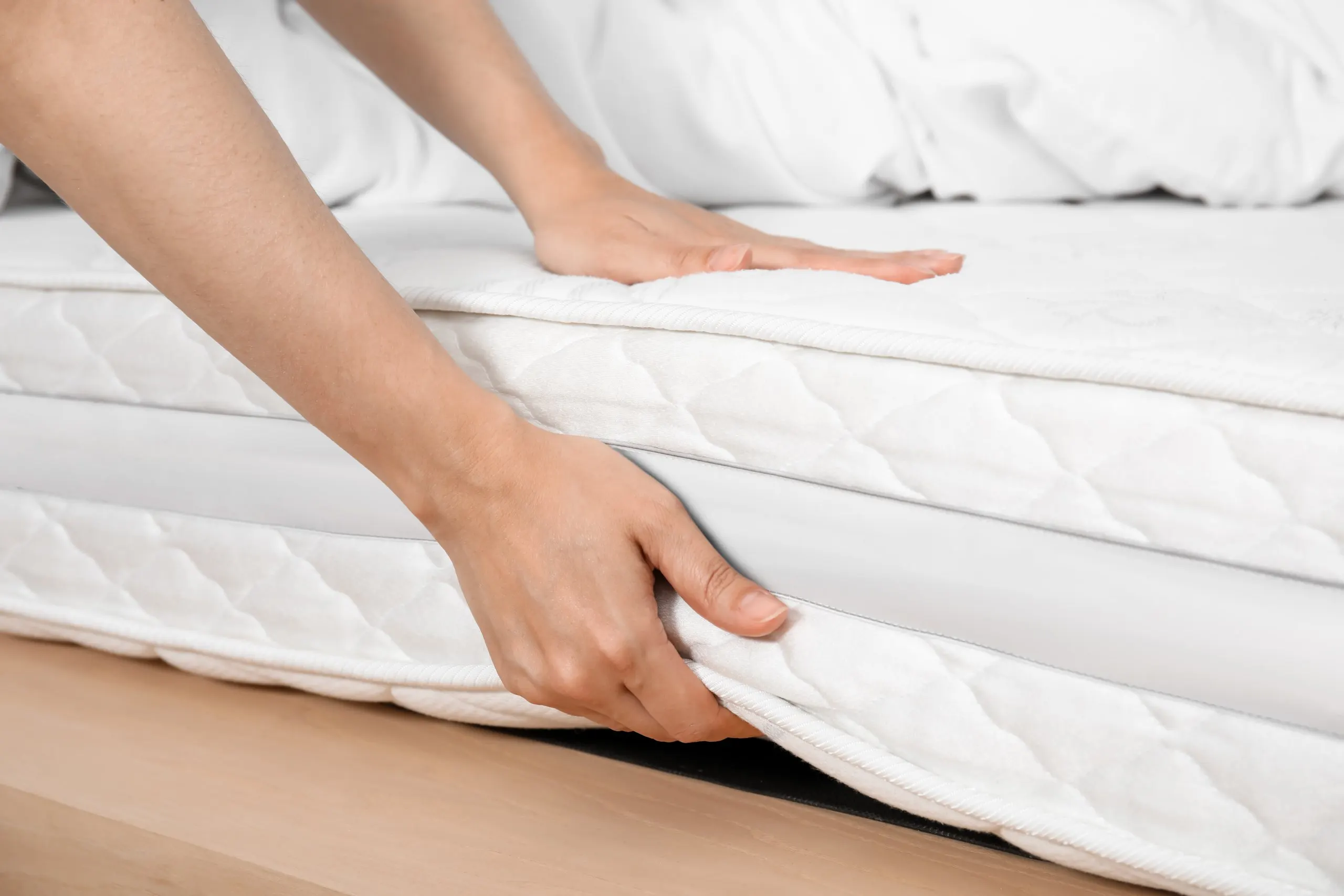
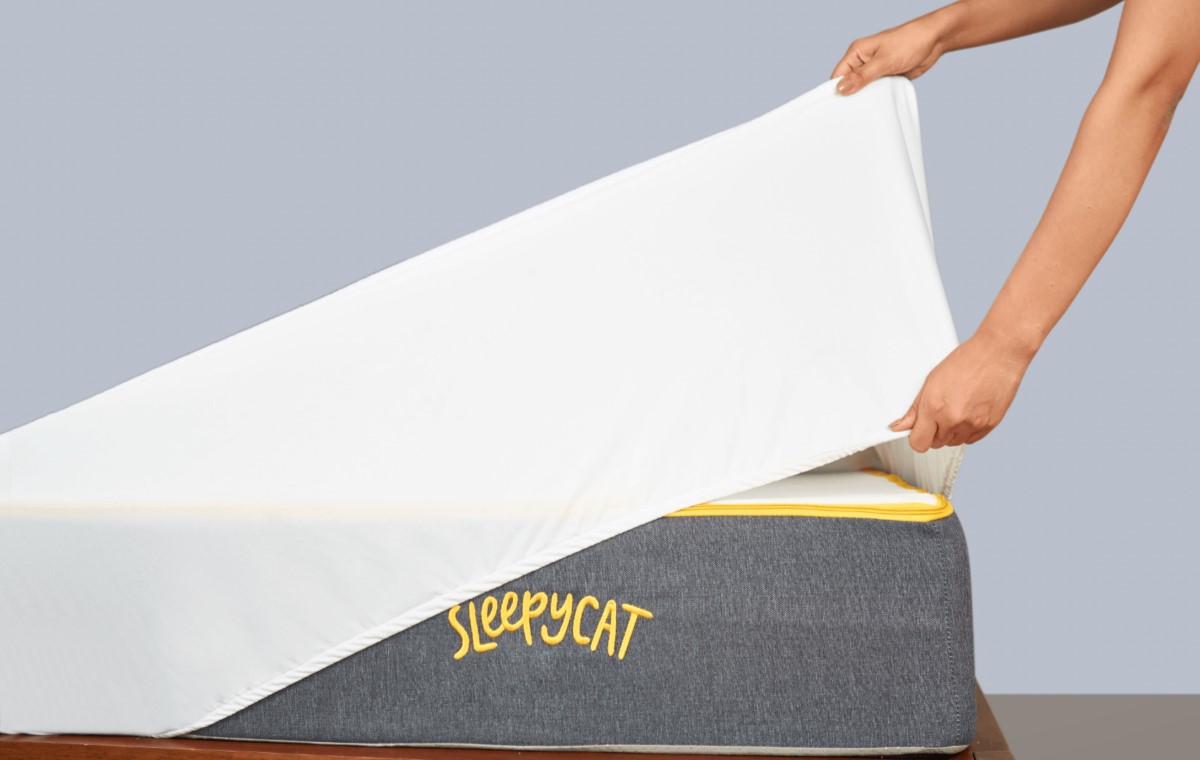
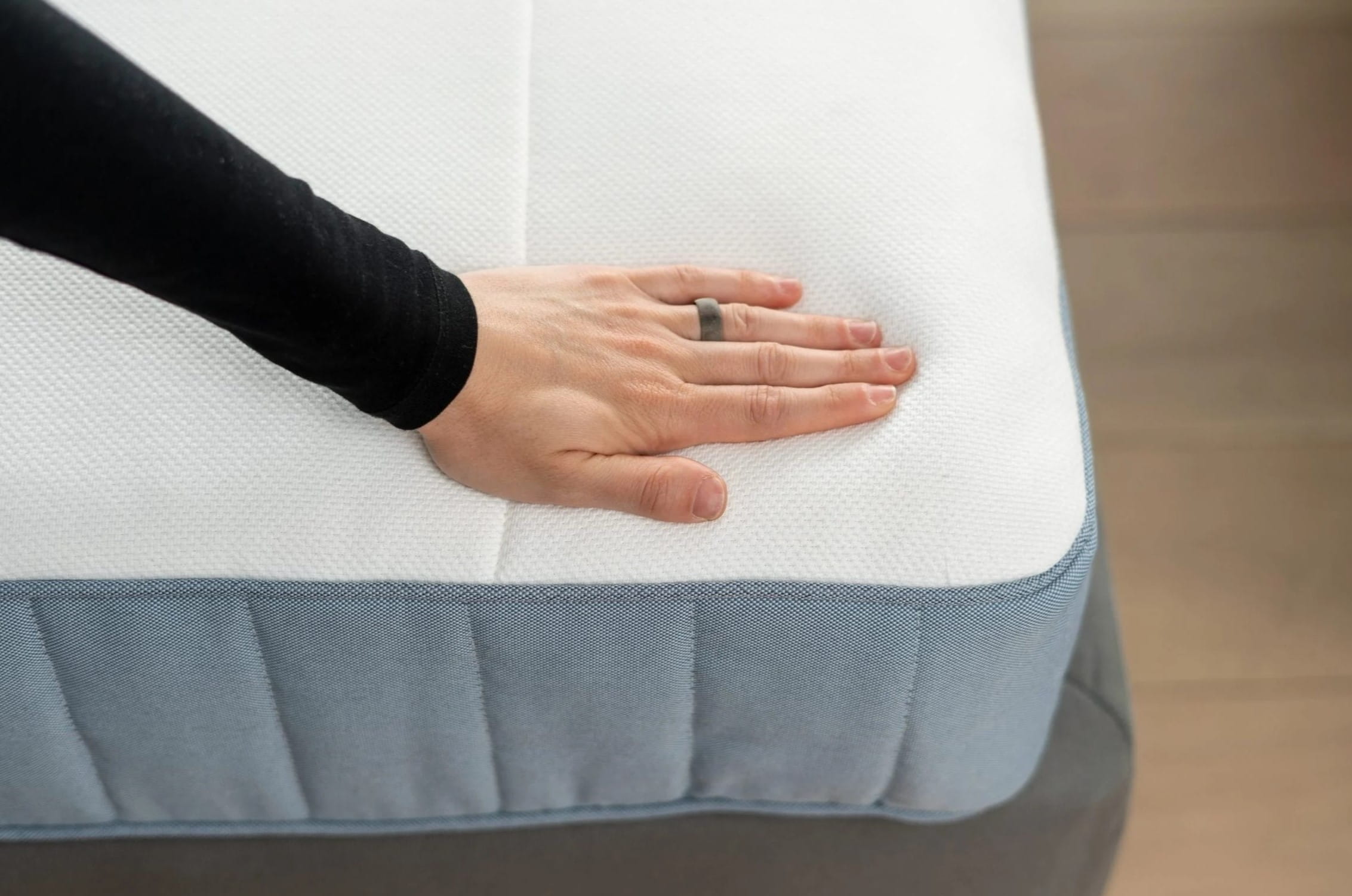



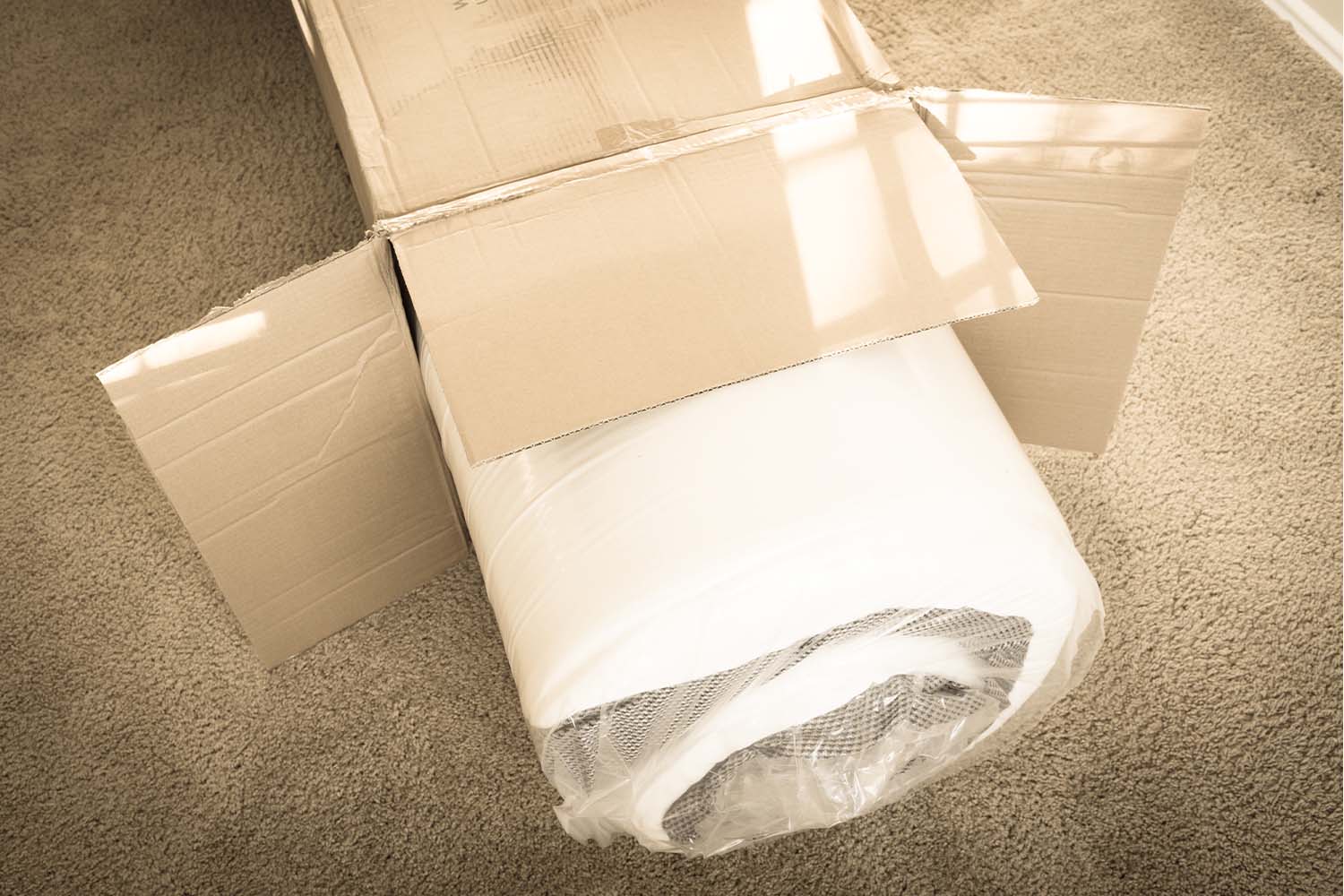

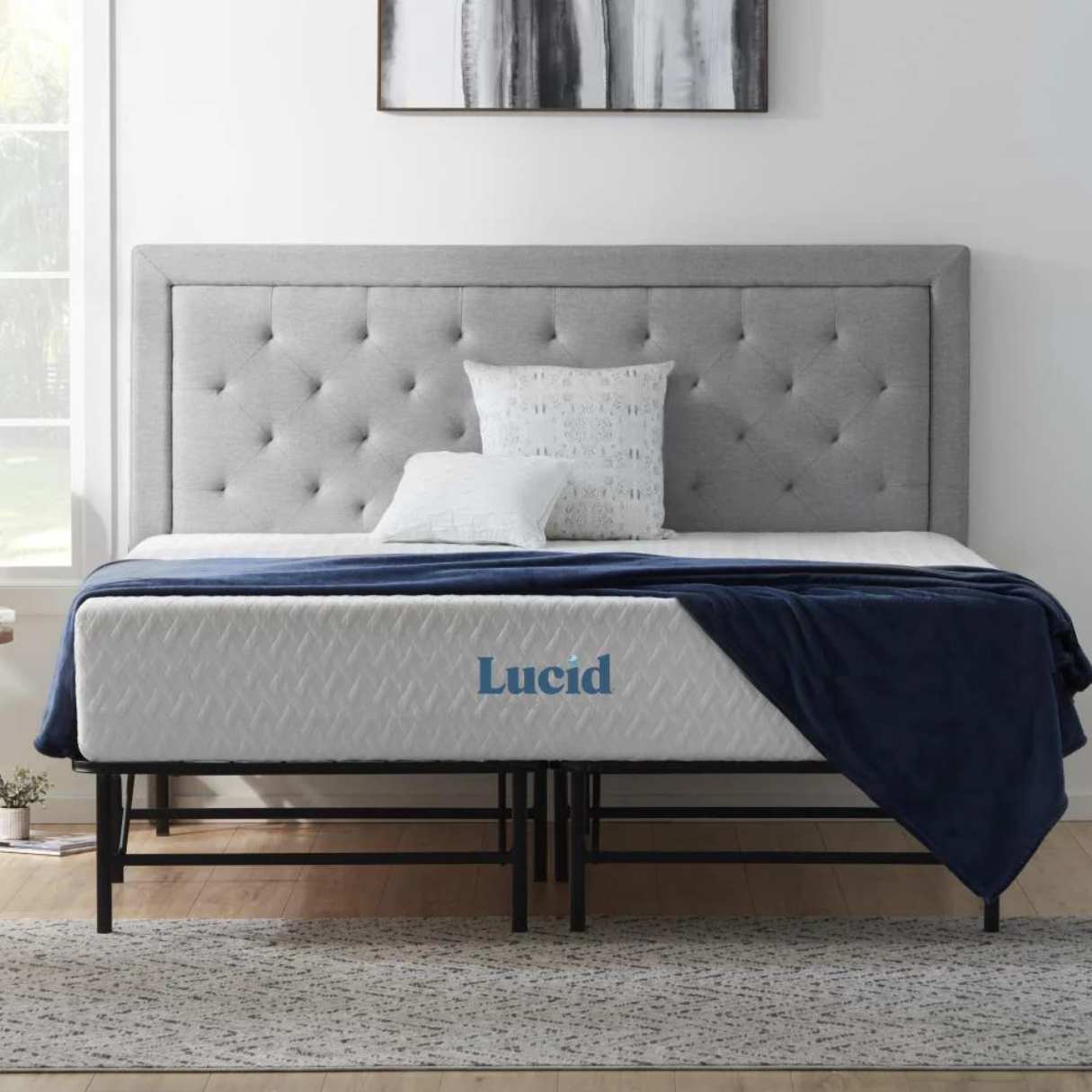

0 thoughts on “What Memory Foam Mattresses Have Fiberglass”